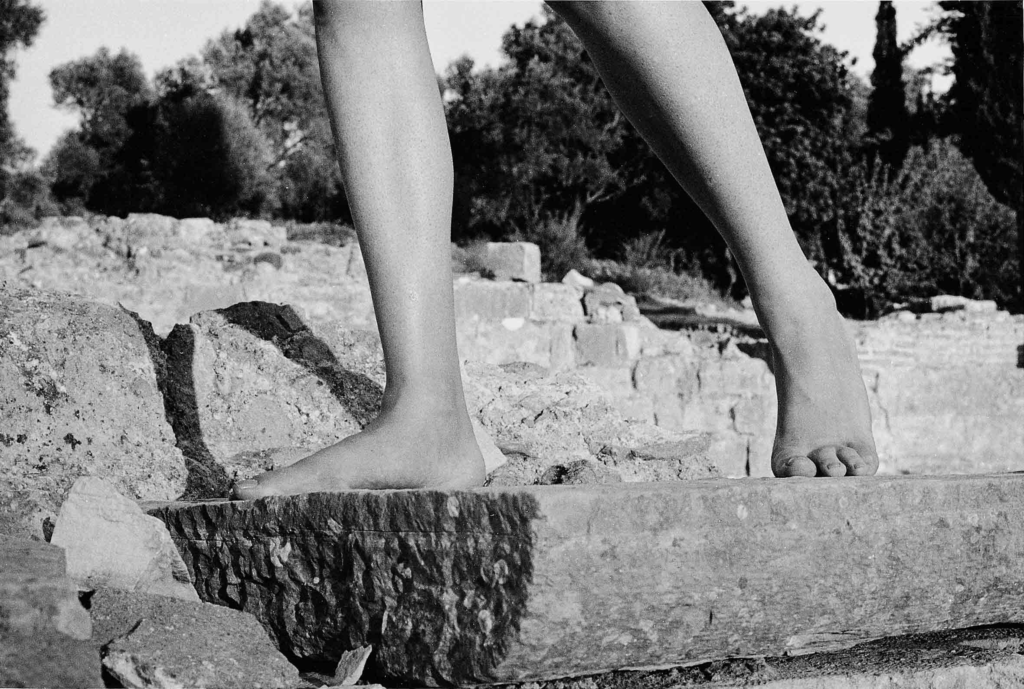We visited the Musée d’Orsay to view the vast array of artwork that is displayed there, including the work of famous artists such as Vincent Van Gogh, Auguste Renoir and Claude Monet. I felt that the building’s architecture only emphasised the beauty of the work within, with its wonderful open space and translucent ceiling allowing natural light to permeate the main hall. In the smaller rooms, we found the different collections of classical art on display. I enjoyed the pastel work of multiple artists such as Millet, Degas, Manet and others. I also explored paintings by Winslow Homer, an American landscape artist, with my favourite being Summer Night (1890).


We visited the Jeu de Paume because they were holding a V&A exhibition of the work of revolutionary portrait photographer Julia Margaret Cameron. This is the first large-scale retrospective devoted to the artist in Paris, made up of some one hundred photographs. We studied her photographs earlier on in the portrait project because she was the first of her kind to truly explore aspects of theatre in photography. This was even more remarkable at the time because she was a woman. The exhibition also features exceptional loans from the Bibliothèque nationale de France, the Musée d’Orsay, and the Maison Victor Hugo.
The museum also happened to be holding an exhibition of the work of Victor Burgin, which I felt was my favourite showing I had seen. Victor Burgin is a conceptual artist and photographer whose work is composed of both images and words. I enjoyed the experience that his performative pieces represent, and I felt that the story told in Gradiva (1982) was truly captivating and cinematic.

His US77 series was also extremely interesting to me because it explores ‘the construction of sexual difference in representations, of patriarchal power relations and the “masculine” identity that supports them’. They were originally exhibited under the title ‘Tales from Freud’, which indicates their topics of discussion.

